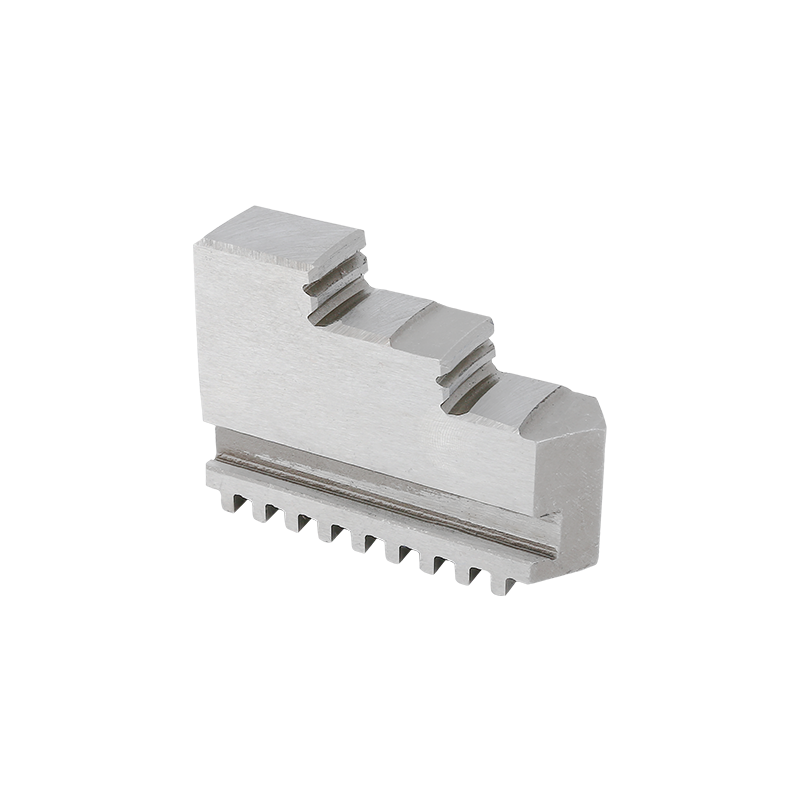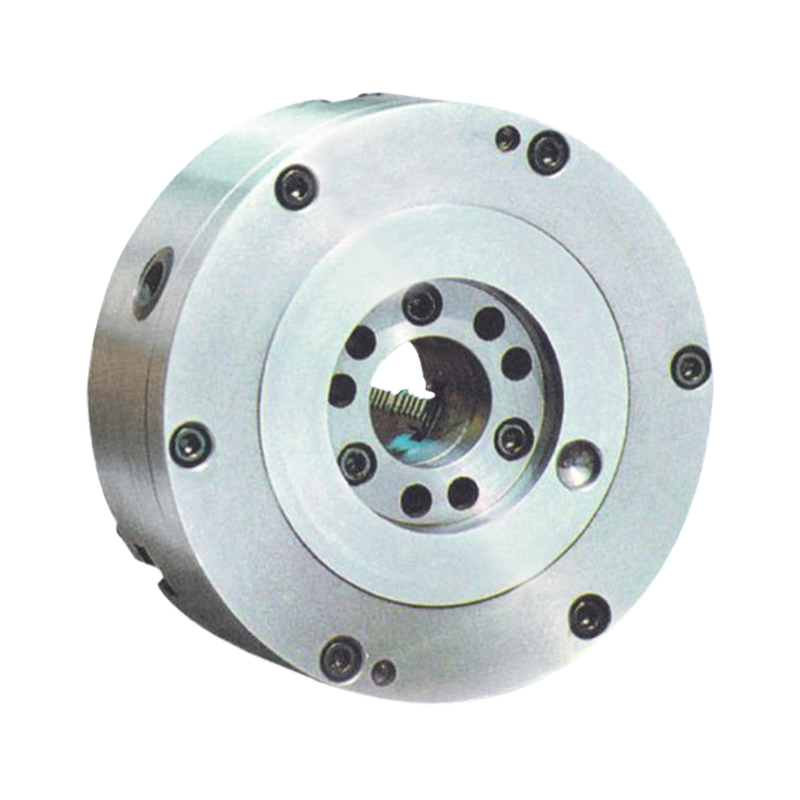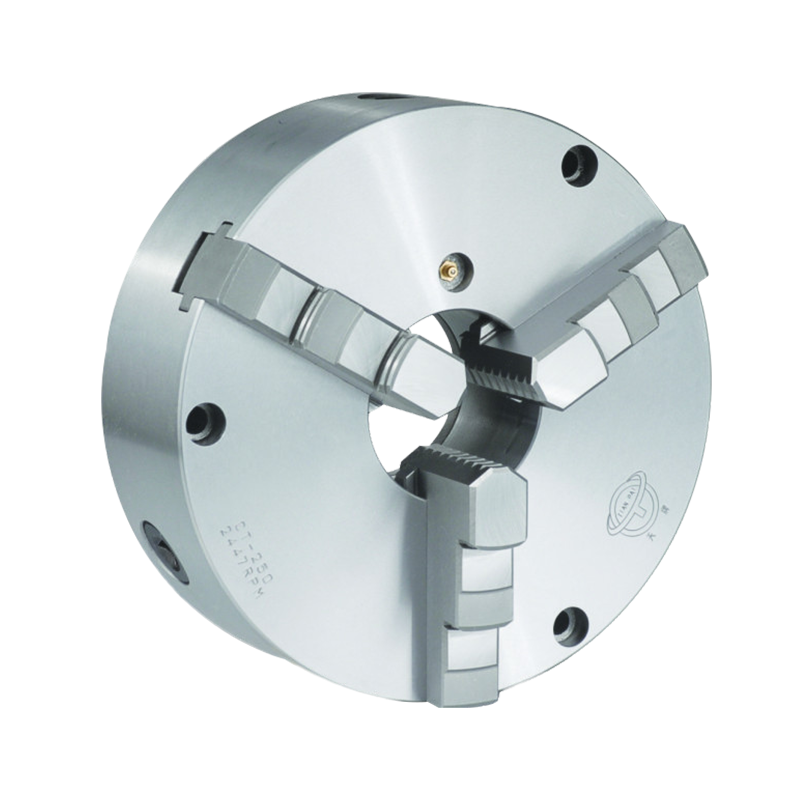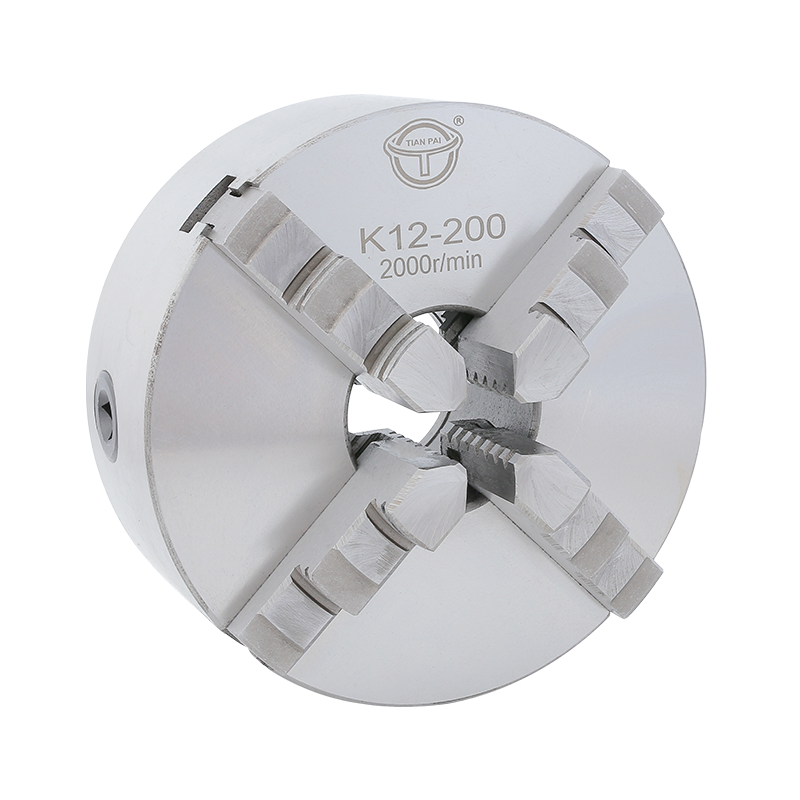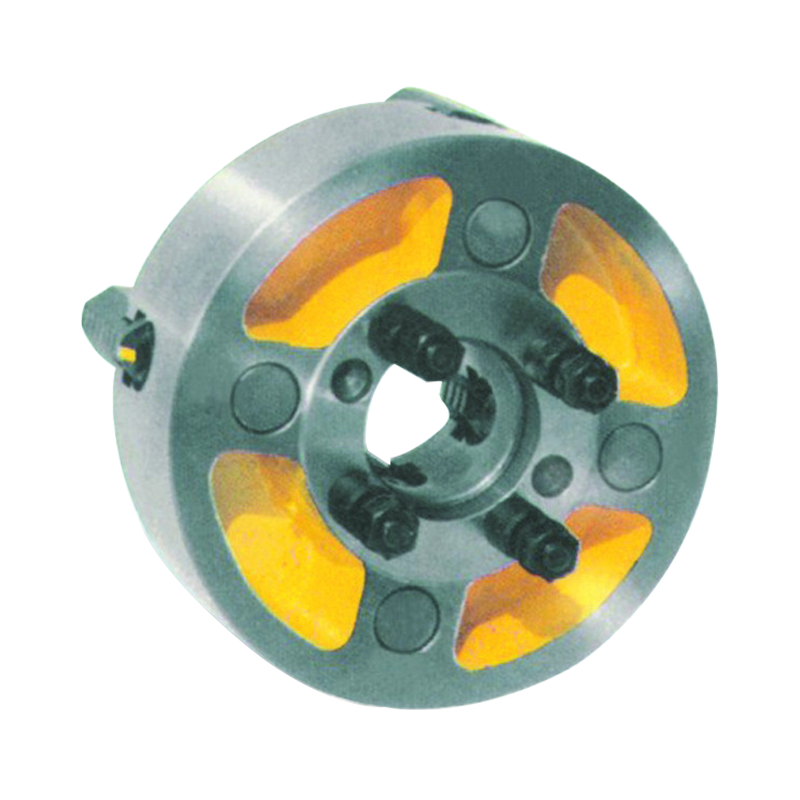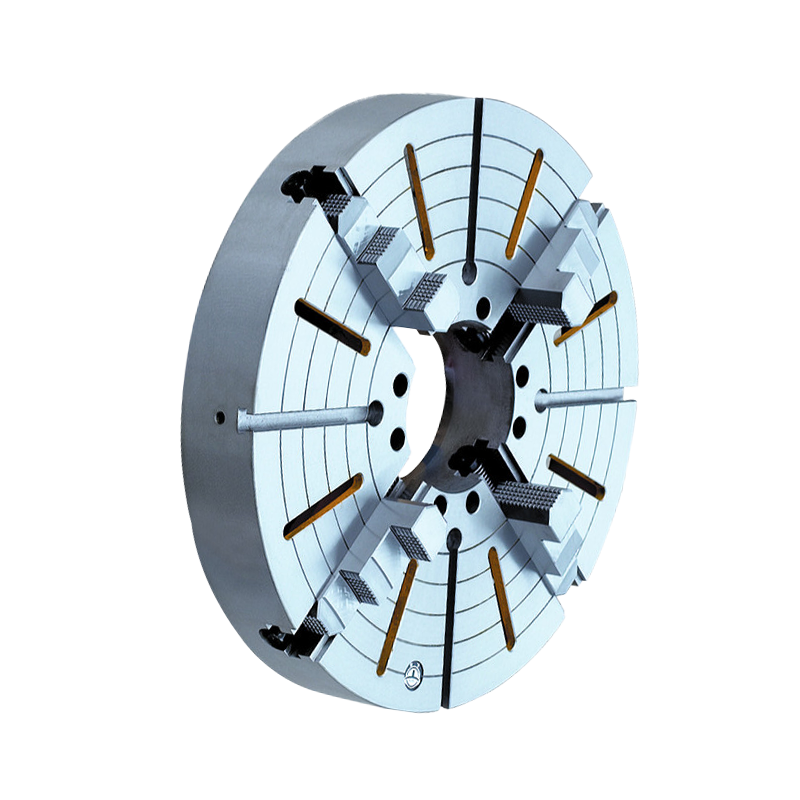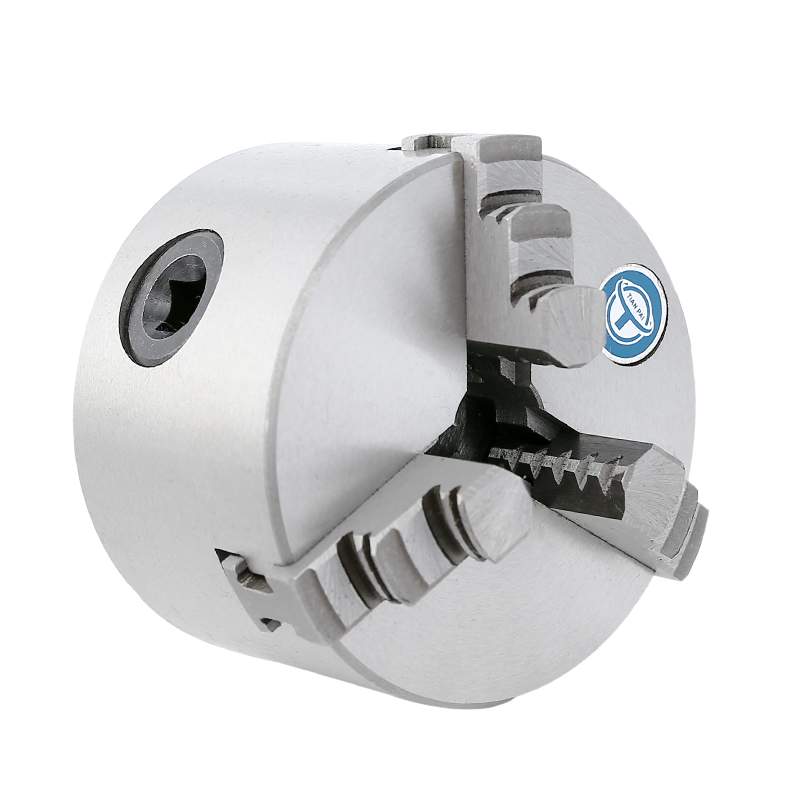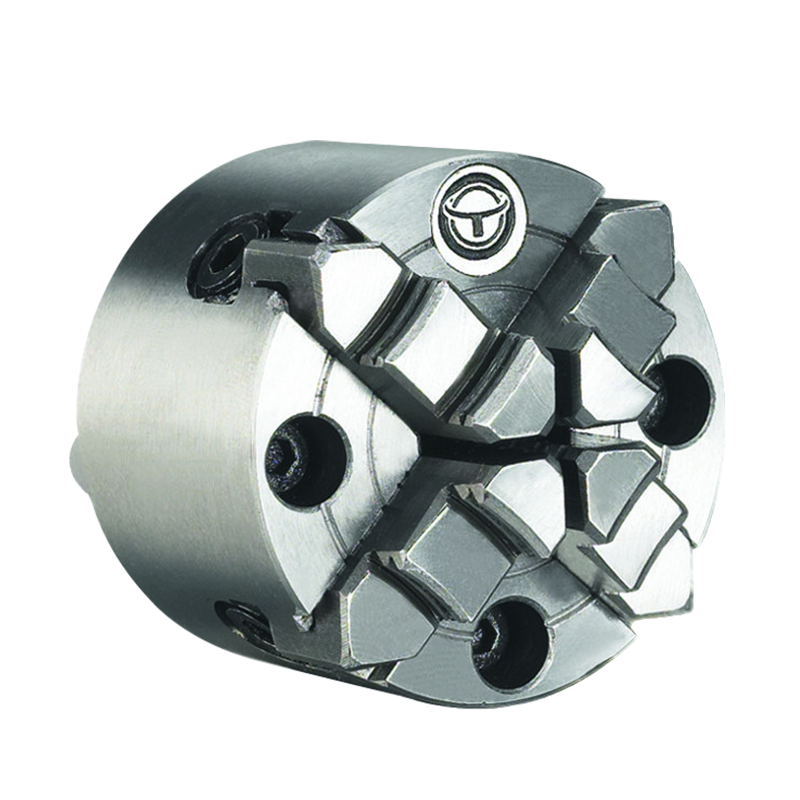Our company is a professional chuck manufacturer with more than 40 years of practical experience. In the manufacture of machine tool chucks, it has strong independent development capabilities and unique manufacturing and processing technical strength.
The significance of machine tool parts components forms the backbone of various machines, driving precision and performance in industries ranging from aerospace and automotive to electronics and beyond.
Machine tool parts play a pivotal role in achieving precision in machining processes. These parts are engineered to tight tolerances, ensuring accuracy in the production of intricate components. Whether it's milling, turning, or grinding, the precision of machine tool parts directly influences the quality and consistency of the finished products.
The structural integrity of machines relies heavily on the durability and strength of their components. Machine tool parts, often crafted from high-quality materials like steel, aluminum, or advanced alloys, are designed to withstand the rigors of heavy-duty machining. This structural robustness contributes to the longevity and reliability of the machines they serve.
Machine tool parts are versatile in their applications, catering to a wide range of machining needs. From cutting and shaping materials to forming intricate contours, these parts are designed to adapt to various processes. This versatility allows manufacturers to employ machine tools in diverse industries, addressing specific requirements and challenges unique to each sector.
Cutting tools are a fundamental category of machine tool parts, encompassing items such as drills, end mills, and inserts. These tools are engineered to remove material from workpieces with precision. Advanced coatings and geometries enhance their performance, enabling efficient cutting and shaping in different materials.
Workholding devices are crucial for securing workpieces during machining operations. Chucks, collets, and vises are common examples of machine tool parts in this category. The design and functionality of these devices ensure stability and accuracy, preventing workpiece movement and facilitating precise machining.
Toolholders and adapters serve as the interface between cutting tools and machine spindles. These components provide a secure connection, allowing for efficient power transmission and precise tool positioning. The design of tool holders and adapters influences factors like tool runout and stability during machining.
Bearings and guides are integral machine tool parts that contribute to the smooth movement of machine components. Linear bearings and way guides, for instance, play a crucial role in guiding the motion of machine tool elements, ensuring accuracy and minimizing friction during operation.
The spindle is a central component in many machine tools, and its performance is contingent on various spindle components. Bearings, shafts, and housings within the spindle assembly influence rotational precision, speed, and load-bearing capacity. Advances in spindle technology contribute to enhanced machining capabilities.
The evolution of machine tool parts involves the use of advanced materials with predominant properties. High-speed steels, ceramics, and carbide alloys are examples of materials that enhance tool life, durability, and cutting performance. These materials contribute to increased productivity and efficiency in machining processes.
Coating technologies have revolutionized the performance of cutting tools. Various coatings, such as TiN (Titanium Nitride) and TiAlN (Titanium Aluminum Nitride), provide enhanced wear resistance and heat dissipation. Coated machine tool parts exhibit prolonged tool life and improved performance in challenging machining conditions.
The integration of digital technologies has brought forth smart machining solutions. Machine tool parts equipped with sensors and monitoring systems enable real-time data collection. This data is utilized for condition monitoring, predictive maintenance, and optimizing machining parameters, contributing to increased efficiency and reduced downtime.
Additive manufacturing, or 3D printing, has found its way into the production of machine tool parts. This innovative approach allows for complex geometries and customized components. Additive manufacturing techniques provide flexibility in design and production, opening new possibilities for the optimization of machine tool parts.

 English
English 简体中文
简体中文

